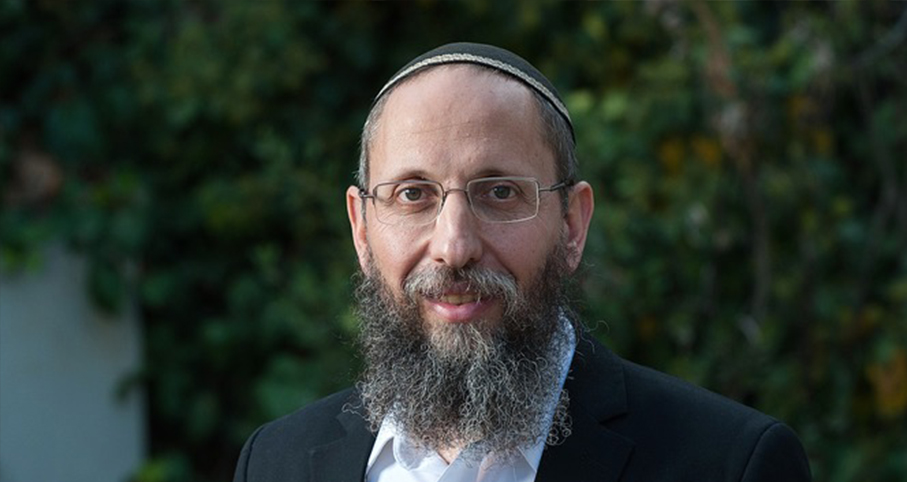Beit Midrash
- Sections
- Chemdat Yamim
- Parashat Hashavua
Let us begin by finding others whose shoes are removed. At the burning bush, Moshe had to remove his shoes because he was standing on holy ground (Shemot 3:5). Yehoshua had to do the same upon meeting Hashem’s "chief of staff" on holy ground (Yehoshua 5:15). Chazal made a general rule of it: shoes should be removed at any place where there is an open display of Divine Presence, which is why the kohanim served in the Beit Hamikdash without shoes (Shemot Rabba 2). What is the connection?
The Ktav V’kabala gives two explanations. One is that it is a sign of making oneself subservient. The other is that one cannot wear shoes that were impacted by having treaded on impure things.
The gemara (Shabbat 152a) says: "One who sits on a horse is a king; on a donkey, is a free man; if he is wearing shoes, he is a human being; if he has none of these things, then the deceased who are buried are better than he." The Malbim explains that the most significant difference between man and the animal kingdom is not related to speech or even the ability to do sophisticated things. Rather, an animal does what his instincts tell him to do, and man has the power, as one who had Hashem’s spirit blown into his midst, to act in a manner that is against his natural instincts.
When a human wears shoes, which are usually made from animal hide, he demonstrates that he is not like an animal that steps directly on the ground and is connected to the physicality the land represents. He steps on top of the animal-based shoes to remind him that he is a level above the animal. He is to strive for holiness. When he comes to ground which is indeed holy, he is to remove the shoe and put his feet directly on the soil.
The Torah saw such importance in yibbum that it permitted that which otherwise would have been incest. But what if someone "does not desire to take his sister-in-law," in other words, he prefers his feelings to the choice to follow what the Torah wants of him? In that case, we remove his shoe to show his resemblance to an animal that cannot separate himself from his nature.
It is interesting and apparently not coincidental that kinyan sudar, which is an overarching form of accepting obligations on oneself, is described in Tanach as involving giving a shoe (Ruth 4:7). In this way, the one who accepts the obligation declares that he understands that he has the power to make noble decisions and to keep to them even if they go against his natural desires. It is appropriate that one of the times we use this type of kinyan (albeit, not with a shoe these days) is on the day of one’s wedding.

Parashat Hashavua: Divinely Ordained Sibling Deceit
Rabbi Yossef Carmel | Cheshvan 5786

Zaken Mamreh
Rabbi Yossef Carmel | 4 Elul 5767

What Type of Negligence?
Rabbi Yossef Carmel | 5773
























